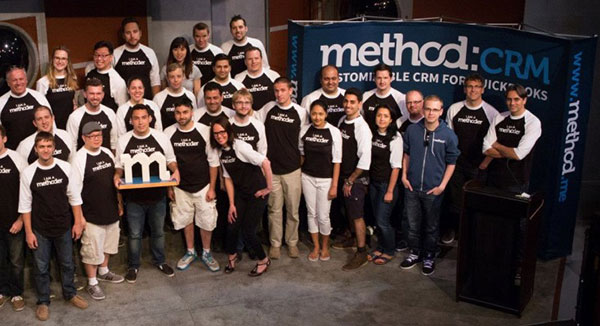
Mark Roberge: How an Engineer Scaled HubSpot’s World-Class Sales Team
When one of the cofounders of HubSpot asked Mark Roberge to build the sales team at their startup, Mark said yes. Problem was, he had no experience running a sales…

Paul Jackson: Why Agility Is the Key to Method’s Sales Success
In 2010, when Method Founder and CEO, Paul Jackson, set out to build a sales team for his software business, he made a costly assumption based on a widely held…
